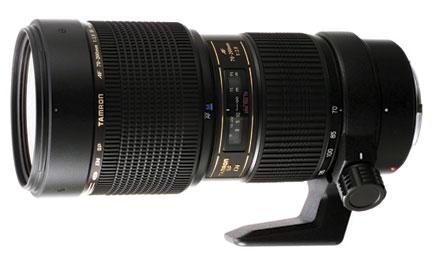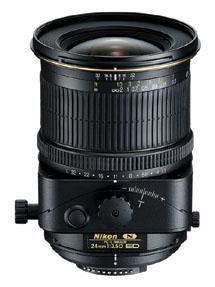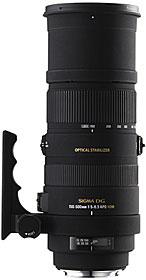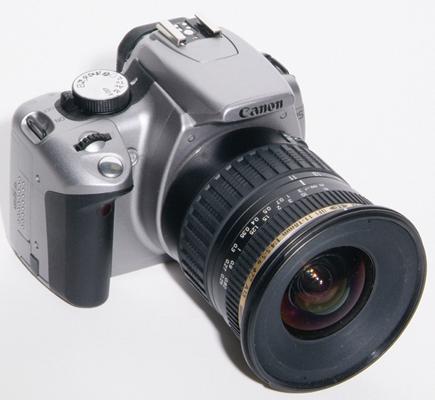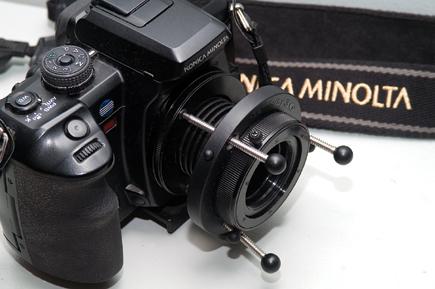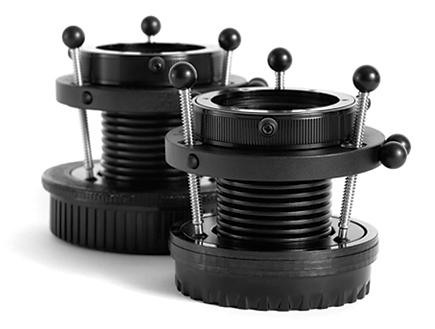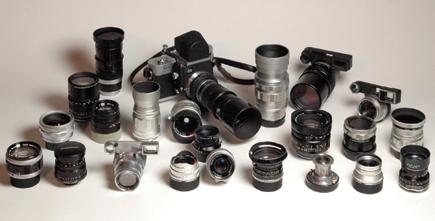|
Nov 01, 2008 |
|
Nov 01, 2008 |
|
Aug 01, 2008 |
|
Aug 01, 2008 |
|
Aug 01, 2008 |
|
Aug 01, 2008 |
|
Jul 24, 2008 |
First Published: Jul 30, 2008 |
|
May 01, 2008 |
|
Apr 01, 2008 |
|
Apr 01, 2008 |
|
Dec 01, 2007 |
|
Aug 01, 2007 |

